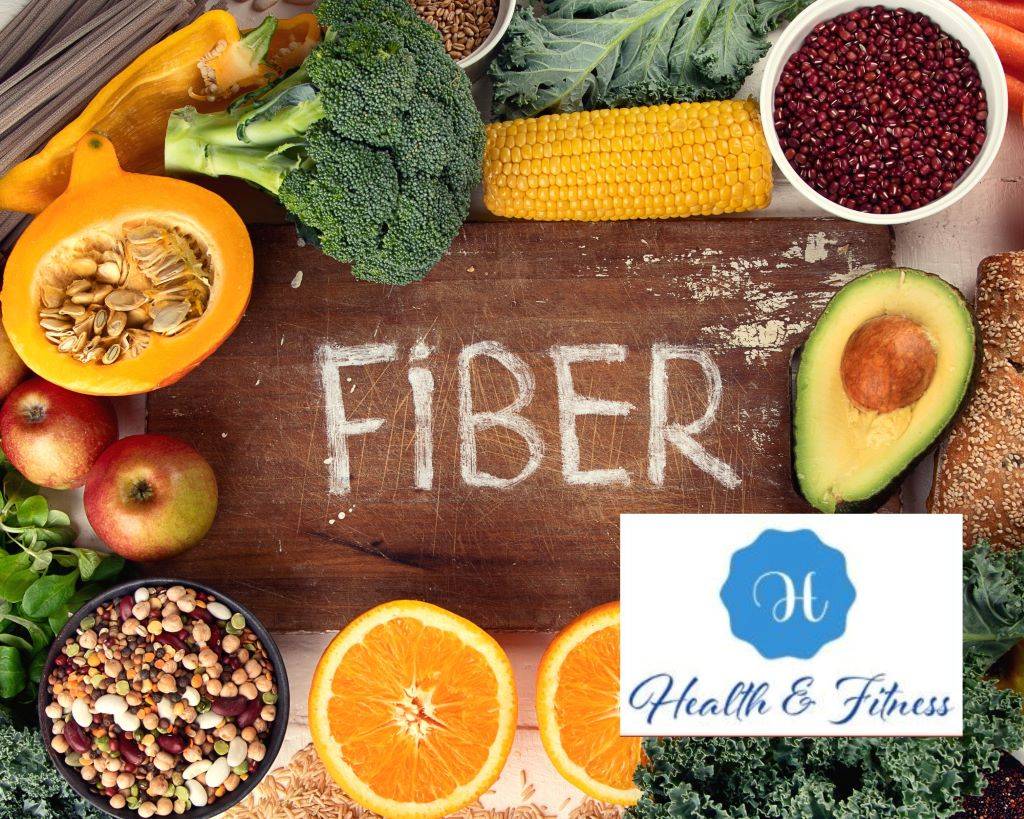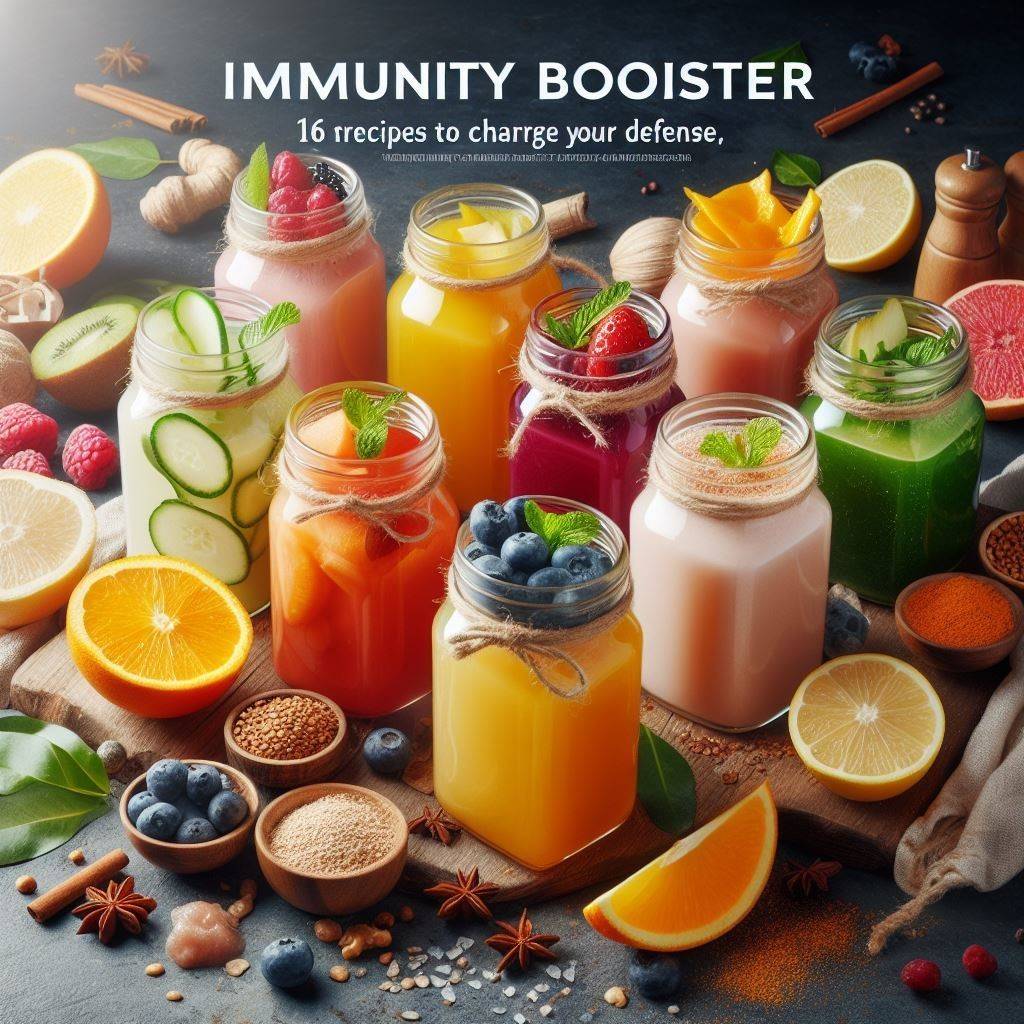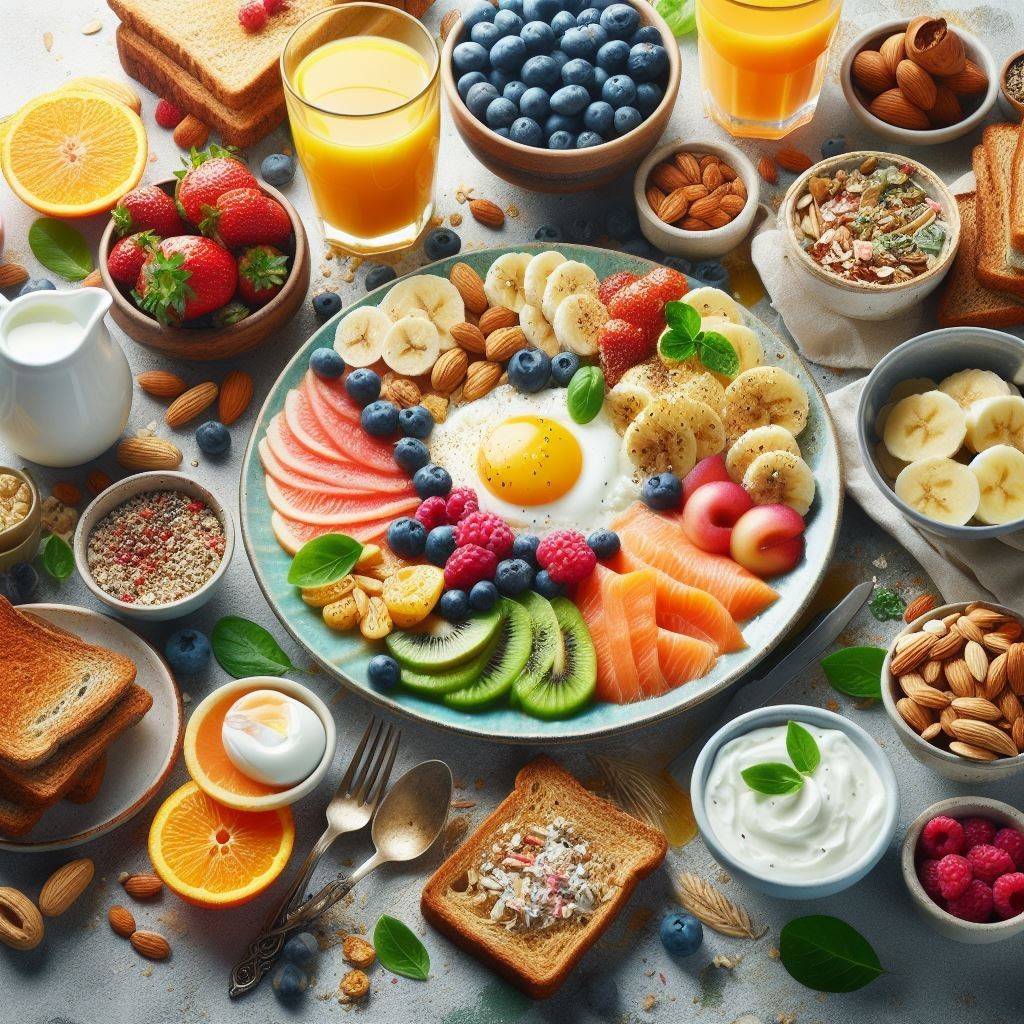High-Fiber Foods Chart for Constipation: Your Path to a Healthier Gut
Explore our High-Fiber Foods Chart for Constipation – Your roadmap to a healthier gut. Discover the best foods to ease constipation.
Introduction to High-Fiber Foods Chart for Constipation
Constipation. It’s a word that makes many of us cringe. It’s uncomfortable, inconvenient, and downright frustrating. But what if I told you there’s a simple solution to this common problem? Enter the High-Fiber Foods Chart for Constipation. This guide is your ticket to a healthier gut and a constipation-free life.
Understanding Constipation
Constipation is a common gastrointestinal issue that affects people of all ages. It is characterized by infrequent bowel movements, difficulty passing stools, and hard or dry stools. The causes of constipation can vary from inadequate fiber intake to a sedentary lifestyle, medication side effects, dehydration, and certain medical conditions. For addressing constipation, one of the most effective approaches is increasing your fiber intake. It promotes regular bowel movements and maintains a healthy digestive system. It adds bulk to the stool, softens it, and helps it move through the intestines more easily.
What is Fiber, and Why is it Important?
Fiber is an indigestible carbohydrate. It’s undigested because it doesn’t break into sugar molecules like other carbohydrates. It regulates sugar usage, reducing appetite and blood sugar.
Soluble and insoluble fiber exist. Water-soluble fibre lowers blood glucose and cholesterol. Oats, peas, beans, apples, citrus fruits, carrots, barley, and psyllium contain soluble fiber. Insoluble fiber, on the other hand, promotes regularity and prevents constipation. Wheat bran, vegetables, and whole grains contain insoluble fibers.
The Benefits of a High-Fiber Diet
A high-fiber diet offers numerous health benefits beyond just alleviating constipation. Some of these benefits include:
- Weight management: High-fiber foods are more filling, which can help you feel satisfied and eat less throughout the day.
- Lower cholesterol levels: Soluble fiber can help lower LDL (harmful) cholesterol levels, reducing the risk of heart disease.
- Better blood sugar control: People with diabetes can benefit from a slower sugar absorption rate thanks to a high-fiber diet.
- Reduced risk of certain cancers: Fiber-rich diets may help prevent colorectal and other cancers.
The High-Fiber Foods Chart for Constipation
Now, let’s dive into the High-Fiber Foods Chart for Constipation. This chart is a comprehensive guide to high-fiber foods that can help alleviate constipation.
Legumes
- Beans: A powerhouse of fiber, beans are a successful way to ease constipation. A single cup of cooked beans can provide as much as 15 grams of fiber. Some examples of high-fiber beans include black beans, kidney beans, and chickpeas.
- Lentils: Lentils are another excellent source of fiber, with a single cup of cooked lentils providing around 15.6 grams of fiber.
Whole Grains
- Brown Rice: Brown rice is a high-fiber, whole-grain option. About 3.5 grams of fiber may be found in 1 cup of cooked brown rice.
- Quinoa: Quinoa is a gluten-free whole grain high in fiber. One cup of cooked quinoa provides around 5 grams of fiber.
- Whole Grain Bread: Whole-grain bread is a source of fiber. A slice of whole-grain bread can provide up to 3 grams of fiber.
- Oats: Oats are healthy, the high-soluble fiber of whole grains. The fiber in a cup of cooked oats is roughly 4 grams.
Fruits
- Apples are high in fiber, especially when eaten with the skin on. An apple with its skin on provides about 4.4 grams of fiber.
- Bananas: Bananas are a source of fiber, with one medium-sized banana containing around 3 grams of fiber.
- Oranges: Oranges are a successful source of vitamin C and provide about 3.1 grams of fiber per medium-sized fruit.
- Strawberries: Strawberries are a delicious and fiber-rich fruit. One cup of sliced strawberries contains about 3.3 grams of fiber.
Vegetables
- Broccoli: Broccoli is a cruciferous vegetable high in fiber. One cup of cooked broccoli provides about 5.1 grams of fiber.
- Carrots: Carrots are a source of fiber, with one cup of chopped carrots containing around 3.6 grams of fiber.
- Brussels Sprouts: Brussels sprouts are another cruciferous vegetable high in fiber. A cup of cooked Brussels sprouts provides about 4 grams of fiber.
- Sweet Potatoes: Sweet potatoes are starchy vegetables high in fiber. One medium-sized sweet potato with skin contains about 3.8 grams of fiber.
Nuts and Seeds
- Almonds: Almonds are a nutritious and fiber-rich nut. One ounce of almonds contains about 3.5 grams of fiber.
- Chia Seeds: Chia seeds are an excellent source of fiber. A single ounce of chia seeds provides a whopping 10 grams of fiber.
- Flax Seeds: Flax seeds are another successful source of fiber. One tablespoon of ground flax seeds contains about 2 grams of fiber.
Here is the chart
| 18. Food Category | High-Fiber Foods | Fiber Content (per serving) |
| Legumes | Beans (black beans, kidney beans, chickpeas) | 15 grams |
| Lentils | 15.6 grams | |
| Whole Grains | Brown Rice | 3.5 grams |
| Quinoa | 5 grams | |
| Whole Grain Bread | 3 grams | |
| Oats | 4 grams | |
| Fruits | Apples | 4.4 grams |
| Bananas | 3 grams | |
| Oranges | 3.1 grams | |
| Strawberries | 3.3 grams | |
| Vegetables | Broccoli | 5.1 grams |
| Carrots | 3.6 grams | |
| Brussels Sprouts | 4 grams | |
| Sweet Potatoes | 3.8 grams | |
| Nuts and Seeds | Almonds | 3.5 grams |
| Chia Seeds | 10 grams | |
| Flax Seeds | 2 grams |
Incorporating these high-fiber foods into your diet can help combat constipation and promote a healthier digestive system. Remember to accumulate your fiber intake, drink plenty of water, and listen to your body’s needs. Enjoy the variety of flavours and textures these foods offer, and reap the benefits of a fiber-rich diet!
Remember, it’s not just about eating more fiber. It’s about making the right food choices and incorporating these high-fiber foods into your daily diet.
Benefits of High-Fiber Foods Chart for Constipation
Besides promoting regular bowel movements, high-fiber foods offer several other benefits for constipation and overall digestive health. Let’s delve into some key advantages:
- Softens Stool: Fiber soaks up water and adds bulk to the stool, making it softer and easier to pass. This helps alleviate constipation and reduces the discomfort associated with hard or dry stools.
- Prevents Hemorrhoids: Hemorrhoids, swollen blood vessels in the rectum, can be caused by straining during bowel movements. High-fiber foods help prevent hemorrhoids by promoting regularity and reducing the need for excessive straining.
- Enhances Gut Health: Fiber is a prebiotic, nourishing, beneficial gut bacteria. These bacteria are vital in maintaining a healthy digestive system, supporting immune function, and preventing gastrointestinal issues.
- Regulates Blood Sugar Levels: Soluble fiber slows down sugar absorption, helping stabilize blood sugar levels. This can be particularly beneficial for individuals with diabetes or insulin resistance.
- Lowers Cholesterol Levels: Certain types of soluble fiber, such as beta-glycan found in oats, have been shown to help reduce LDL cholesterol levels. Incorporating high-fiber foods can contribute to heart health and lower the risk of cardiovascular diseases.
- Promotes Weight Management: High-fiber foods tend to be more filling and can aid in weight management by providing a sense of fullness. They can help control appetite, reduce overeating, and support healthy weight loss or maintenance.
How to Incorporate High-Fiber Foods into Your Diet?
Incorporating high-fiber foods into your diet doesn’t have to be a chore. Here are some simple tips to get you started:
- Start your day with a high-fiber breakfast: Choose whole grain cereals or bread, or make a smoothie with high-fiber fruits and a spoonful of chia seeds.
- Snack on nuts and seeds: Instead of reaching for a bag of chips, snack on a handful of almonds or sunflower seeds.
- Add beans to your meals: Beans can be added to salads, soups, and stews for an extra fiber boost.
- Eat whole fruits and vegetables: Instead of juicing, eat them whole for maximum fiber benefits.
- Experiment with new recipes: Try new recipes incorporating high-fiber ingredients, such as a lentil soup or a quinoa salad.
Tips for Increasing Fiber Intake
Besides incorporating high-fibre foods, here are some practical tips to help you boost your fiber intake and promote a healthier gut:
- Start your day with fiber: Choose high-fiber cereals or oatmeal for breakfast and add some berries or sliced fruits for an extra fiber boost.
- Snack on fruits and nuts: Keep various fruits and nuts handy for healthy snacking. Apples, oranges, and almonds make successful portable snacks packed with fiber.
- Include vegetables in every meal: Add a serving of vegetables to your meals, whether a side salad, steamed broccoli, or roasted carrots. Aim for a colourful plate!
- Choose whole grains: Choose whole-grain bread, pasta, and rice instead of their refined counterparts. These whole grains are higher in fiber and provide more nutritional value.
- Experiment with legumes: Explore the world of legumes like lentils, beans, and chickpeas. They are not only excellent sources of fiber but also offer an amount of protein.
- Stay hydrated: Drink plenty of water throughout the day to ensure the fiber in your diet works effectively. Fiber absorbs water and needs it to soften the stool and promote regular bowel movements.
- Exercise regularly: Physical activity can help stimulate bowel movements and improve overall digestion. Aim for at least 30 minutes of moderate exercise most days of the week.
- Consult a healthcare professional: If constipation persists or is accompanied by severe symptoms, it’s important to seek advice from a healthcare professional who can provide personalized guidance and support.
Frequently Asked Questions about High-Fiber Foods Chart for Constipation
Q: Can overeating fibre cause problems?
A: Yes, while fiber is essential for a healthy diet, too much of it can cause bloating, gas, and stomach cramps. To assist your body in acclimatizing, accumulate fiber and water consumption.
Q: How much fiber should I be eating?
A: The American Dietetic Association recommends 25 grams of fiber daily for women and 38 grams for men.
Q: Can I get enough fiber from supplements?
A: While fiber supplements can help increase your fiber intake, they shouldn’t replace whole foods. Whole foods provide other essential nutrients that supplements don’t.
Conclusion about High-Fiber Foods Chart for Constipation
The High-Fiber Foods Chart for Constipation is a valuable tool in your journey toward a healthier gut. Incorporating these high-fiber foods into your diet can alleviate constipation and enjoy better digestive health. Remember, it’s not just about eating more fiber; it’s about making the right food choices. Here’s to a healthier, happier gut!
Reference
- National Institute of Diabetes and Digestive and Kidney Diseases
- Harvard T.H. Chan School of Public Health



